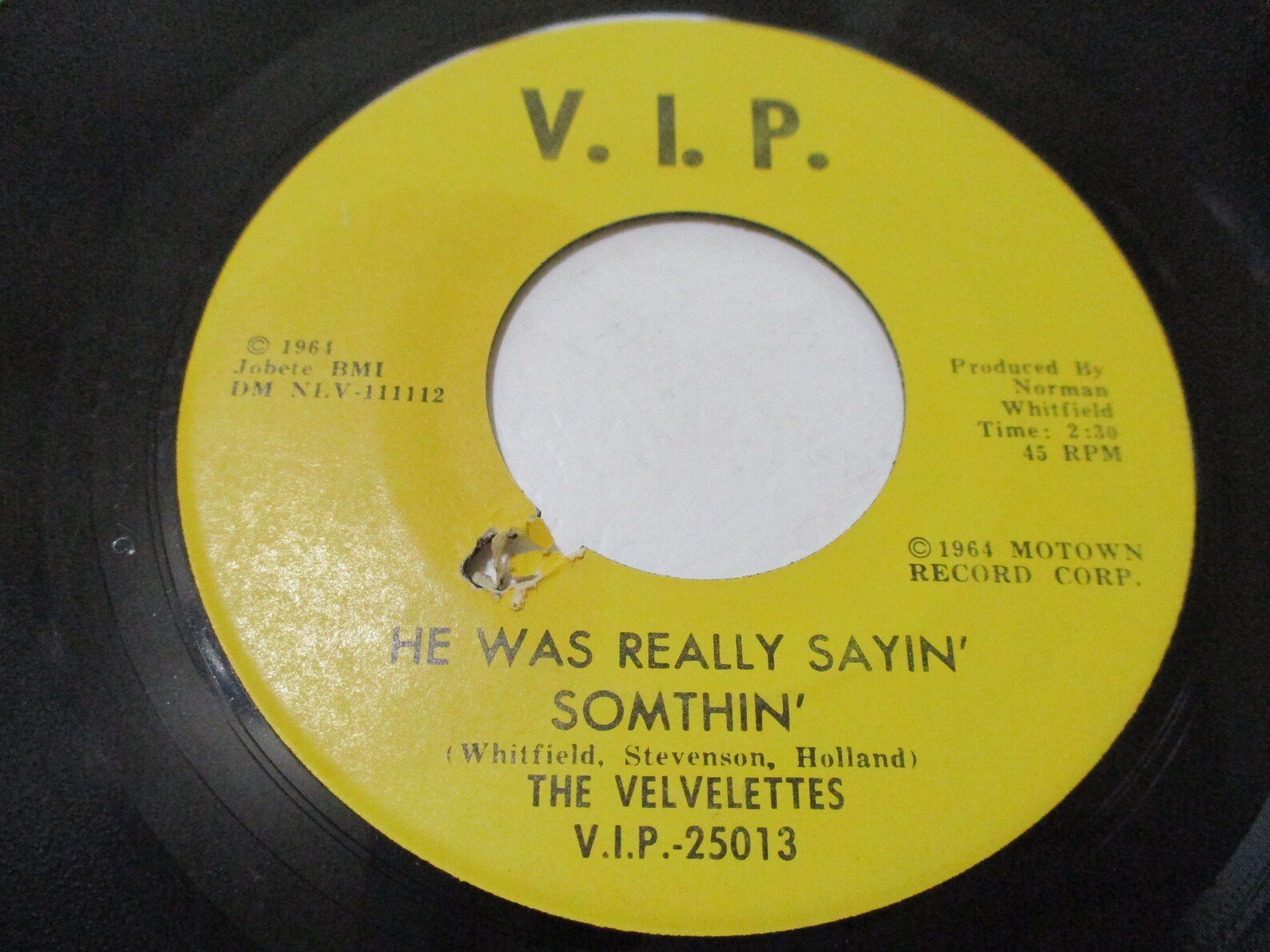

It represents how many times it can spin on the record player in a single minute. The name ‘78’ comes from the number of revolutions per minute (RPM) this record plays at. How Many Vinyl Records Are Sold Each Year? The public is less interested in the 78s due to their obscureness and lack of proper use. Industry demands have a lot to do with the types of records circulating. Vintage turntables can do the job, but they are hard to come by and even harder to maintain. Since 78s have been out of production for years, the chances are a turntable to play them on won’t be easy to find. 33s come up in record stores or online sales, but they aren’t in demand as much.
VALUABLE 33 RPM RECORDS FULL
This format is beloved among record companies, as it can contain a full album. This essentially includes 45s, also known as LPs. Vinyl production has reappeared in recent times. Most of the time, a single turntable only plays one kind of record at a time. There are record players that can play both 33s and 45s. It’s not possible to play any type of record on any turntable. The younger generations are here for it too, and they’re in need of some vinyl 101. DJs and music connoisseurs aren’t the only ones thrilled to dust off their worn-out turntables. Vinyl has been making such a comeback in the last decade or so, and it looks like it’s not stopping anytime soon. The first is the size of the record, the second comes down to the material, and the third includes revelations per minute (RPM).

There are several significant things to consider to help differentiate between 33, 45, and 78 records. Any vinyl enthusiast in the making has had this question in mind: How can I recognize which record format fits me best? The answer is the type of record player used and the RPM of the record in question. There’s a lot of talk about the differences between 33, 45, and 78 records.


 0 kommentar(er)
0 kommentar(er)
